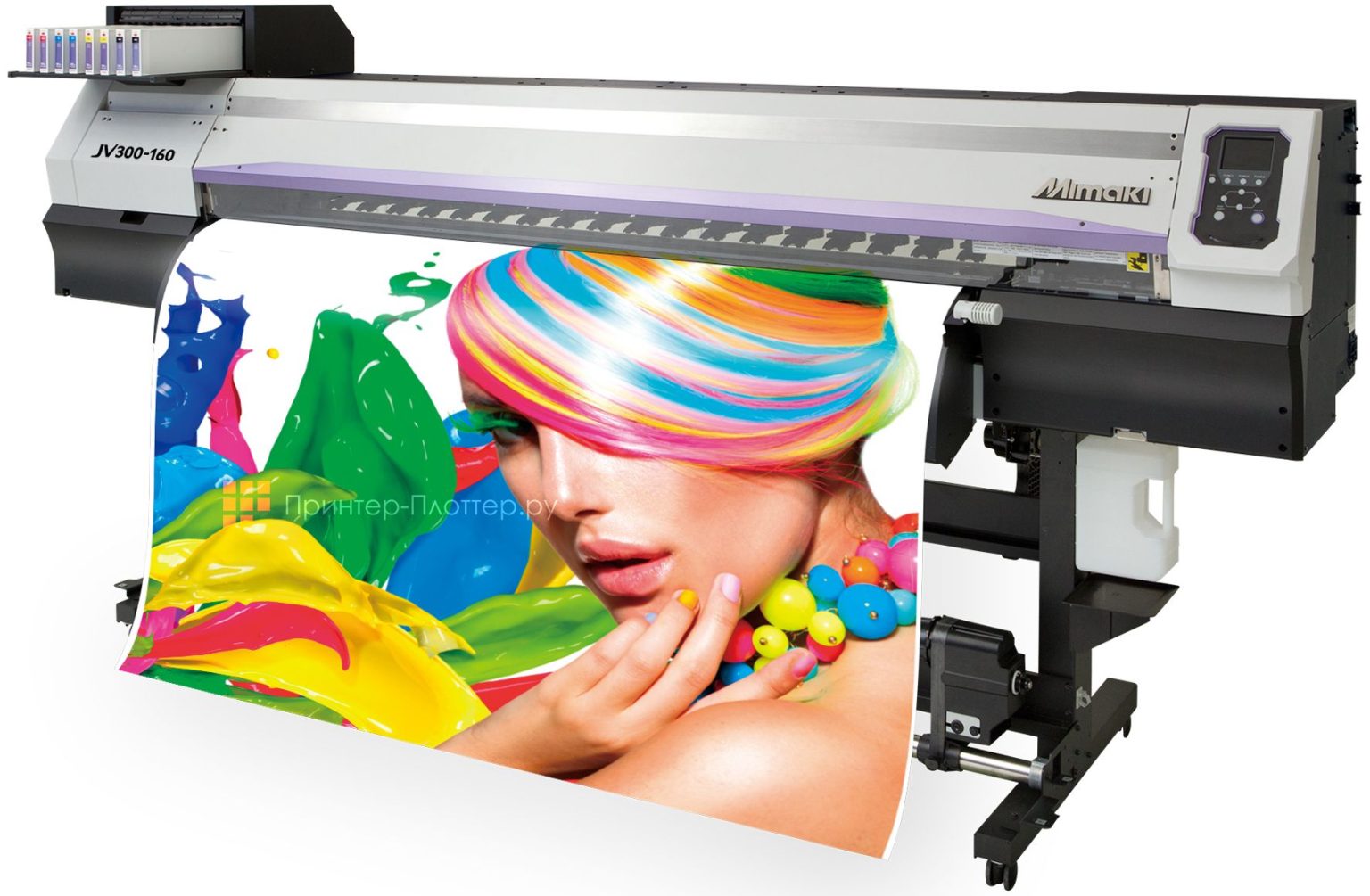Poster printing is a powerful way to convey messages, promote events, or showcase artwork. Whether you’re a business owner, an artist, or an individual looking to create eye-catching posters, understanding the nuances of poster printing can significantly impact the effectiveness of your designs. This ultimate guide will cover essential tips and techniques for successful poster printing.
Contents
Toggle1. Choosing the Right Size
The first step in poster printing is determining the right size for your project. Standard sizes include 11″x17″, 18″x24″, and 24″x36″, but you can also opt for custom dimensions based on your needs. Consider where the poster will be displayed; larger sizes work well for events or outdoor spaces, while smaller sizes may be suitable for indoor settings or personal use.
2. Selecting the Right Paper Type
The choice of paper significantly affects the quality of your poster printing. Common paper types include:
- Glossy Paper: Offers a shiny finish that enhances color vibrancy and is ideal for images and graphics.
- Matte Paper: Provides a non-reflective surface, making it perfect for text-heavy designs.
- Recycled Paper: An eco-friendly option that still provides good print quality.
Choose a paper type that complements your design and aligns with your project goals.
3. Designing for Print
When creating your poster design, keep in mind that print is different from digital displays. Here are some design tips:
- Resolution: Ensure your images are high resolution (at least 300 DPI) for clear, crisp prints.
- Color Mode: Use CMYK color mode instead of RGB, as CMYK is optimized for printing and will provide more accurate color representation.
- Bleed Area: Include a bleed area of at least 0.125 inches around your design to prevent any unwanted white edges when the poster is trimmed.
4. Choosing the Right Font
Typography plays a crucial role in poster printing. Select fonts that are easy to read from a distance, especially for headings and important information. Limit the number of different fonts to two or three to maintain a clean and professional look.
5. Incorporating Visual Hierarchy
A well-structured layout is essential for effective communication. Use visual hierarchy to guide the viewer’s eye through your poster. Start with a bold headline, followed by subheadings and supporting text. Use different font sizes and weights to create contrast and emphasize key information.
6. Utilizing Color Effectively
Color can evoke emotions and set the tone for your poster. When working with poster printing:
- Color Scheme: Choose a color palette that aligns with your message and brand. Tools like Adobe Color can help you create harmonious color schemes.
- Contrast: Ensure there’s enough contrast between text and background colors for readability. Dark text on a light background or vice versa is often most effective.
7. Proofreading Your Content
Before finalizing your poster printing, thoroughly proofread all content for spelling and grammatical errors. A polished and professional poster reflects positively on your brand or message.
8. Selecting a Printing Method
There are several printing methods to consider for poster printing:
- Digital Printing: Best for small runs and quick turnaround times. It’s cost-effective for one-off posters and allows for high-quality prints.
- Offset Printing: Ideal for larger quantities, offset printing provides superior quality and color consistency but requires a longer turnaround time and a higher initial investment.
- Large Format Printing: Perfect for oversized posters and banners, this method uses specialized printers to handle larger media sizes.
9. Finding a Reputable Printer
Choosing a reliable printing service is critical for achieving the best results in poster printing. Look for a printer that specializes in poster printing and has good reviews. Request samples of their work to assess print quality and color accuracy.
10. Consider Finishing Options
Finishing touches can enhance the look and durability of your posters. Common options include:
- Lamination: Protects your poster from moisture and UV rays, making it more durable.
- Mounting: Attaching your poster to a rigid board can give it a more professional look and make it easier to display.
- Frames: Using frames can elevate your poster and make it suitable for indoor display.
Conclusion
Poster printing is a versatile and effective way to share information, promote your business, or showcase your artistic talents. By following these tips and techniques, you can create stunning posters that capture attention and convey your message effectively. Remember to focus on design, paper choice, and printing methods to ensure that your poster stands out. Whether for a business, event, or personal project, quality poster printing can make all the difference in achieving your goals.
